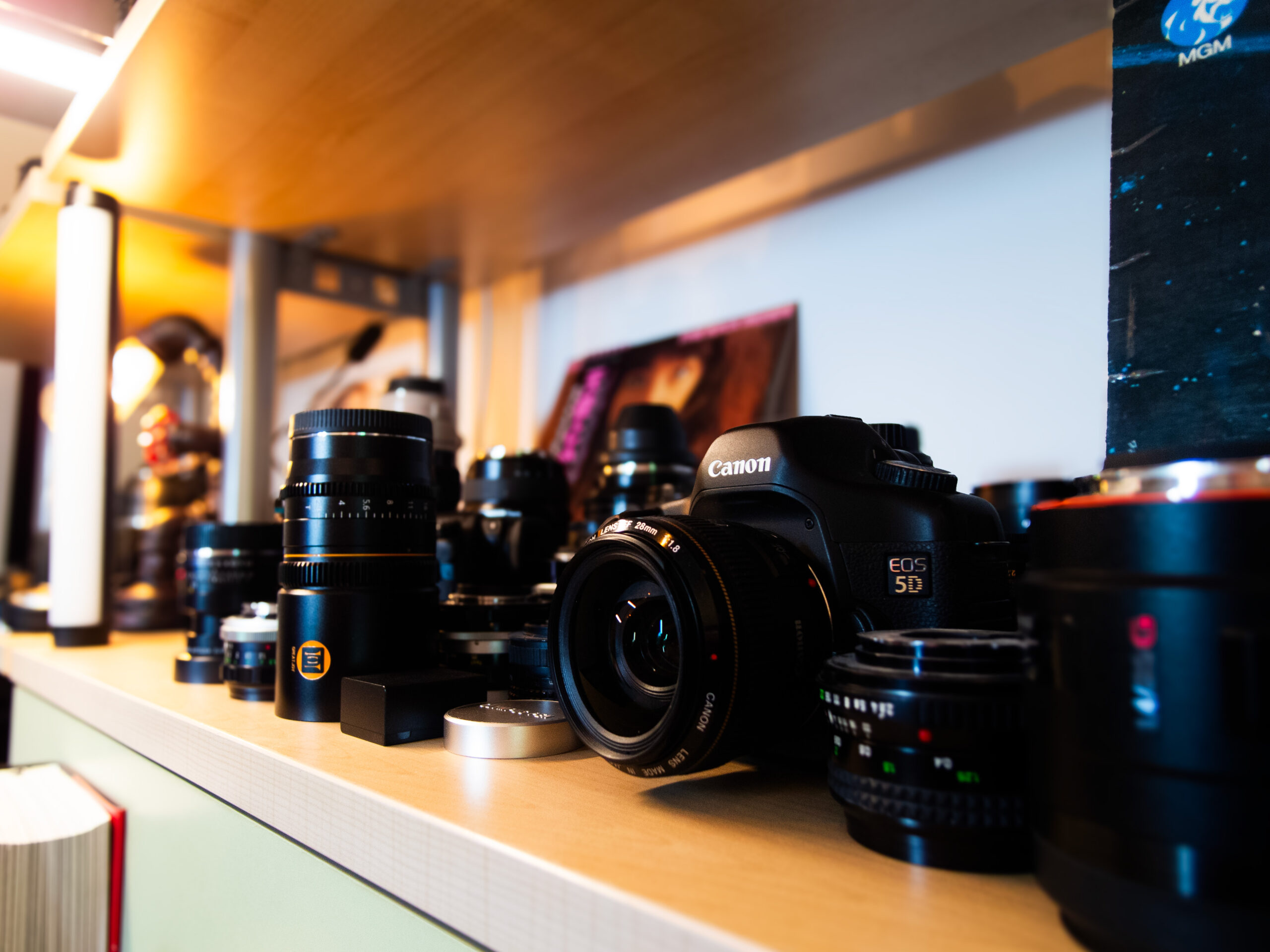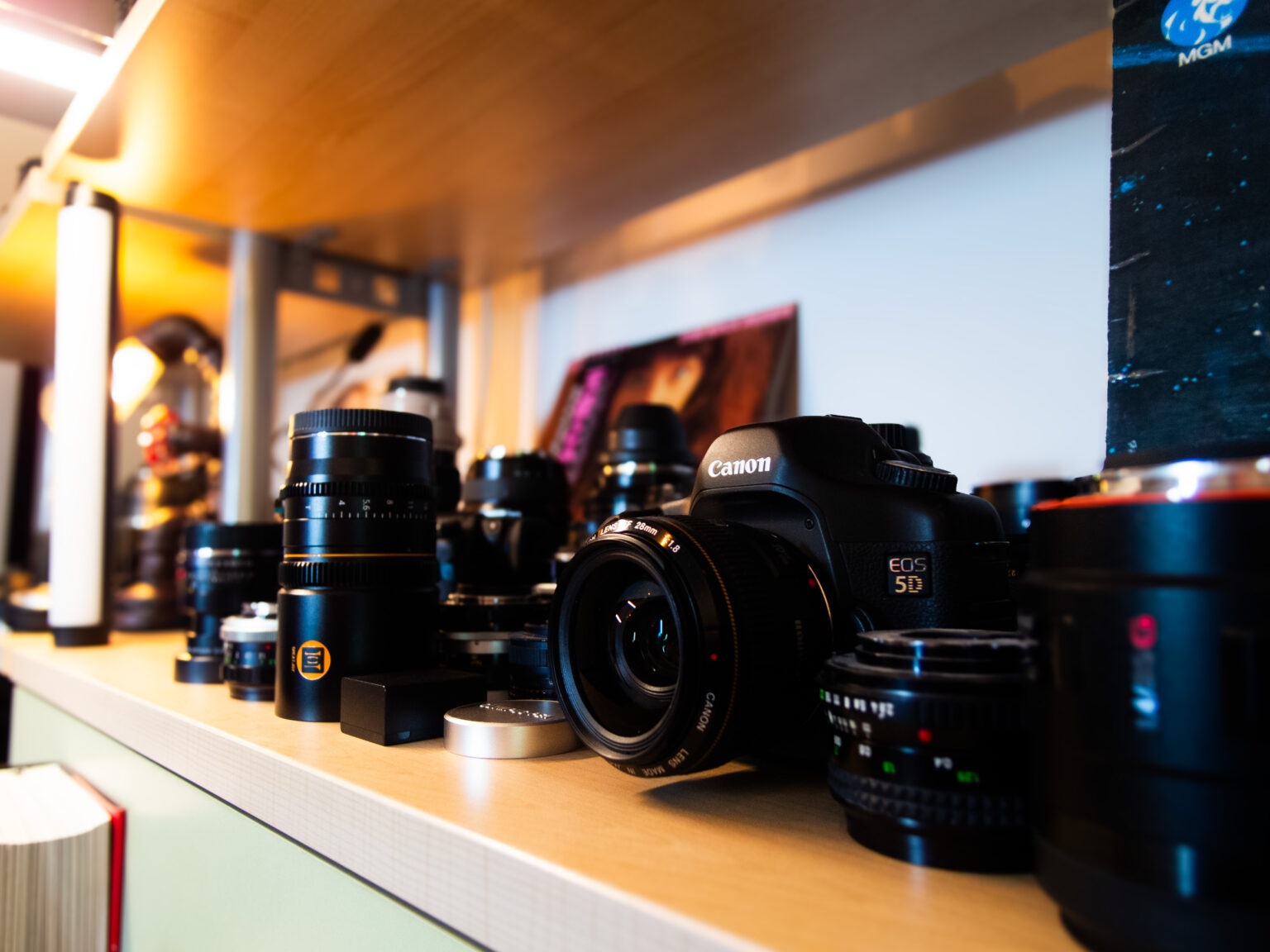
Above: This RAW still shot with a small sensor Samsung EX-1 compact from 2009 was processed in Adobe Camera Raw using the new AI shallow depth of field feature. No smartphone style depth map information required.
The current camera market model is about to be broken. The pricing is completely out of step with the rest of the prosumer electronics market, and still clinging to a 1980s style business model for cameras. What’s more, AI is about to dramatically change the market for traditional optics.
When Nikon announced their 35mm F1.4 today, the price of “only” $600 came as some surprise to those waiting 6 years for it. It is placed below the “S” tier Z lenses such as the slower (but very good) 35mm F1.8 S. Entry level lenses these days except for the likes of a 50mm F1.8, start at around $400 and the mid-range starts between $600-800. The prosumer and pro lenses are in the $1000-2500 range. It is clear the camera companies rely on the high margins of glass, otherwise none of them would still be in business.
I’m sorry, but I don’t see how this is going to continue. With generative AI coming to smartphones, they are going to be able to give us the look of any lens and sensor size or format you can possibly imagine, and it will be a realtime through the LCD experience rather than something you do in post. Speaking of editing, there’s also now a depth of field tool in Adobe Camera Raw. You can take a small sensor compact out and turn it into a shallower-DOF, faster lens, larger sensor camera in the blink of an eye.
This is going to be problematic for the camera companies once it comes of age, as a traditional fast full frame optic bakes the look in. You can’t change it in post.
Therefore a smaller sensor with a very basic lens is going to give you more flexibility, not less.
AI will turn everything on its head, other than perhaps the collectors market for sought after oldies and rarities. For those who want to maintain the enjoyment of traditional cameras.
There’s also the stubborn appeal of reality – where journalists and professionals, or documentary filmmakers need the C2PA content authenticity stamp of approval. Traditional lenses will still have a use here, but for everyone else – why bother?
The other trend that doesn’t look good, is the ever increasing size and weight of high-end mirrorless camera lenses. Mirrorless as a format was introduced with a clear purpose, to bring down the size and weight of lenses to something more akin to Leica M lenses, rather than your white tank zooms from Canikon.
The manufacturers, especially Canon, seem to have lost sight of this or never had it in sight to begin with. The EOS R lenses with a F1.2 aperture are larger than even the DSLR era F1.2 primes they replaced. When you compare these to the equivalent 1970s/80s Canon FD F1.2 primes they replaced, they really are pretty horribly unergonomic and massive.
As AI solutions built into cameras squeezes such products, demand is going to fall and that means the prices are going to have to rapidly fall as well.
The question is – with a lens range to protect – WHICH of the current manufacturers outside of the smartphone industry are going to pioneer AI in a prosumer or professional camera?
I’ll give you a clue – none of them.
Which means the door is left wide open for a competitor or startup to build this new market, one that has potential to take over from the entire Japanese camera industry.
This could fall to a Chinese company at first, or one of the tech companies no-longer invested in mirrorless cameras like Samsung, but the biggest entry to market that AI has for now remains with smartphones, rather than a standalone camera.
This means that the next iPhone or Samsung S series phone could make a huge leap in image quality and functionality, one large enough to trouble even the enthusiast mirrorless cameras – and not just in photography, but video too.
Maybe RED sold up and got out at the right time, after all?



